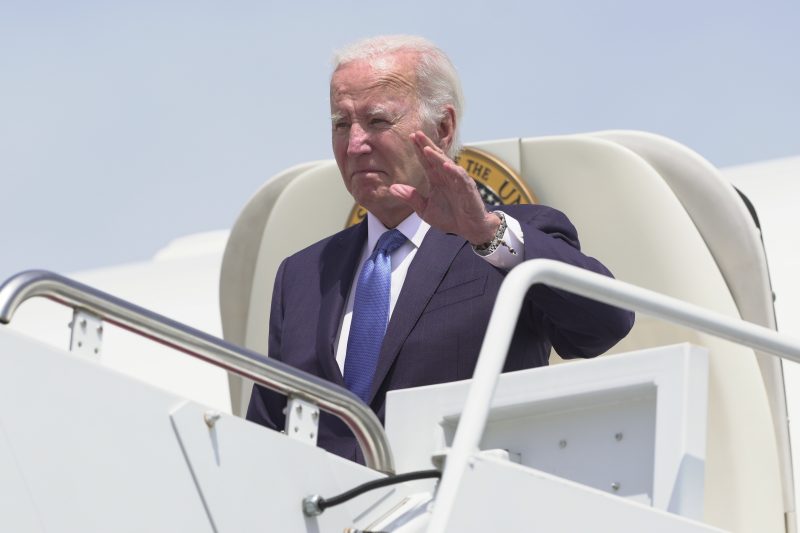## The Intersection of Conspiracy Theories and Political Rhetoric
### Seeds of Doubt: The Legacy of Trump’s Rhetoric
The foundation of conspiracy theories surrounding President Biden’s COVID-19 diagnosis can be traced back to the years of controversial rhetoric sowed by former President Donald Trump. Throughout his presidency, Trump was known for making bold and often unsubstantiated claims, perpetuating mistrust of mainstream media and government institutions among his supporters. This environment of doubt and skepticism set the stage for the proliferation of conspiracy theories, which continue to emerge in today’s political landscape.
### The Role of Hyperpartisanship
Political polarization, fueled by increasingly divisive rhetoric from both sides of the political spectrum, has exacerbated the spread of conspiracy theories. The deepening divide between Democrats and Republicans has created an environment where misinformation and conspiracy theories can flourish, as individuals are more inclined to believe narratives that align with their preexisting biases. This hyperpartisanship has made it challenging to separate fact from fiction, leading to a climate where conspiracy theories can gain traction and influence public discourse.
### Social Media Echo Chambers
The rise of social media has further amplified the spread of conspiracy theories, creating echo chambers where like-minded individuals reinforce and validate each other’s beliefs. Platforms such as Facebook, Twitter, and Reddit have become breeding grounds for misinformation, as algorithms prioritize content that generates engagement, regardless of its accuracy. This algorithmic segregation has led to the formation of polarized online communities that are highly susceptible to the influence of conspiracy theories and fake news.
### The Weaponization of Doubt
Conspiracy theories are not just fringe ideas held by a select few; they have been weaponized by political actors to sow distrust and confusion among the public. By casting doubt on established facts and promoting alternative narratives, these actors seek to undermine the legitimacy of their opponents and bolster their own political agendas. The intentional spread of disinformation and conspiracy theories serves to erode trust in institutions and authorities, ultimately weakening the foundation of democratic society.
### Moving Forward: The Need for Critical Thinking
As conspiracy theories continue to proliferate in the political landscape, it is essential for individuals to exercise critical thinking and discernment when evaluating information. By engaging in fact-checking, seeking out diverse perspectives, and being mindful of the sources of information consumed, individuals can help combat the spread of misinformation and disinformation. Additionally, holding political leaders and media outlets accountable for the veracity of their claims is crucial in fostering a more informed and responsible public discourse.
### Conclusion
The intersection of conspiracy theories and political rhetoric poses a significant challenge to the integrity of public discourse and the functioning of democracy. By understanding the roots of conspiracy theories, recognizing the influence of hyperpartisanship and social media, and prioritizing critical thinking, individuals can contribute to creating a more informed and resilient society. It is imperative that we remain vigilant in the face of misinformation and conspiracy theories, and strive to uphold the principles of truth, transparency, and integrity in our political discourse.
